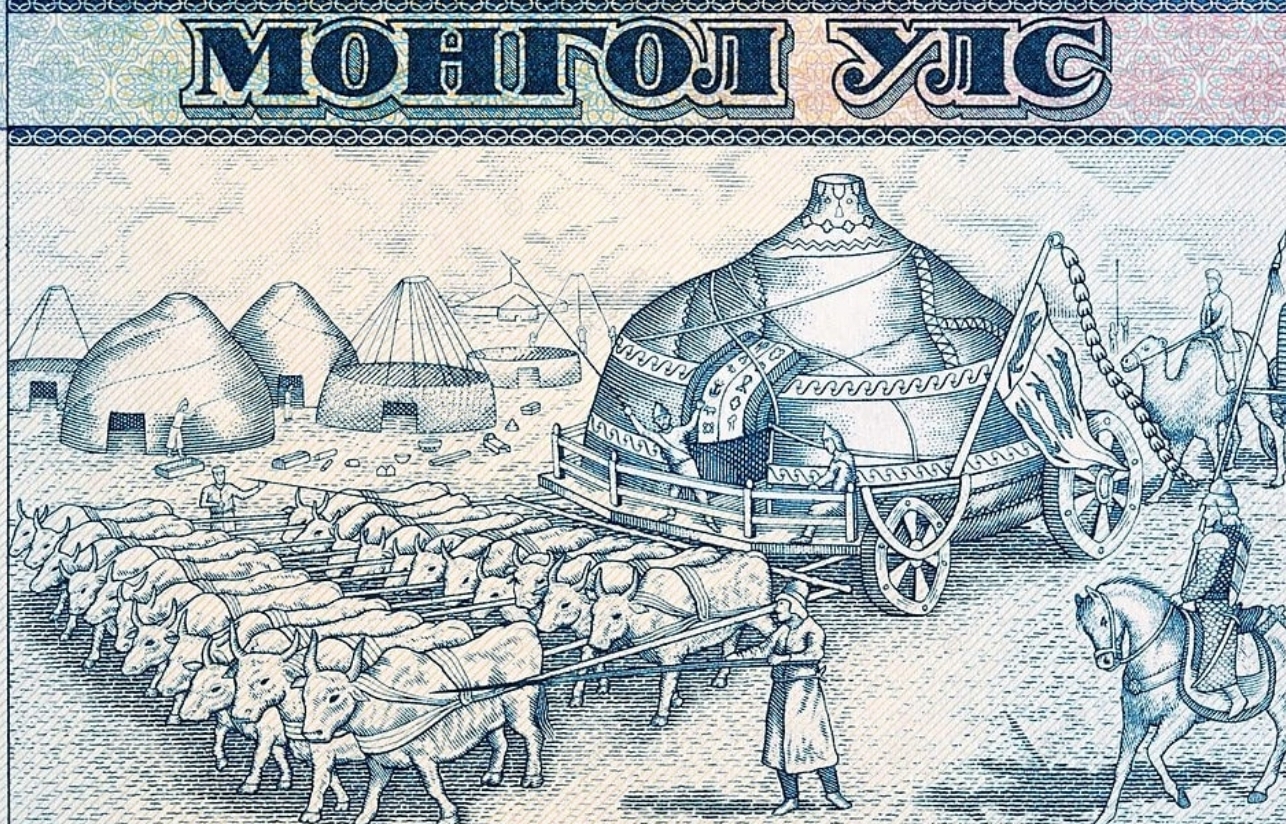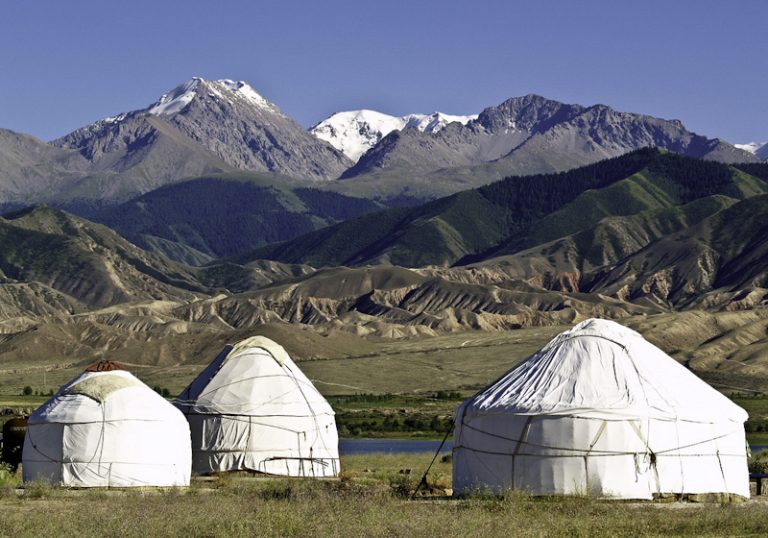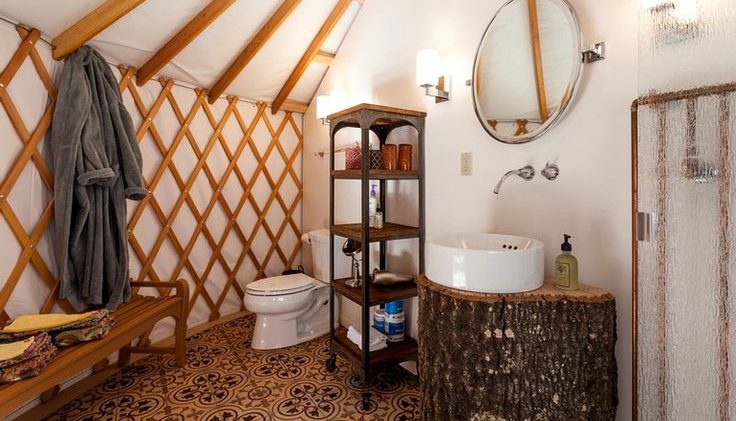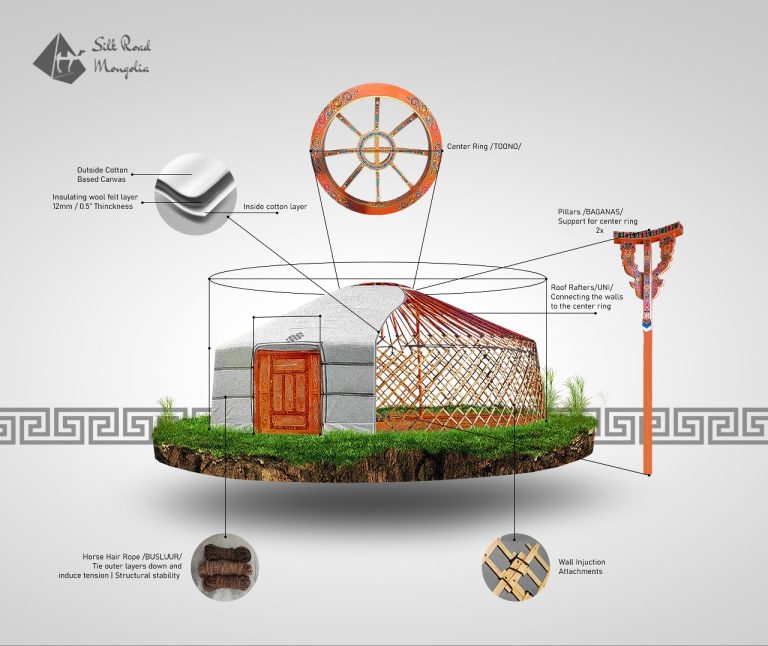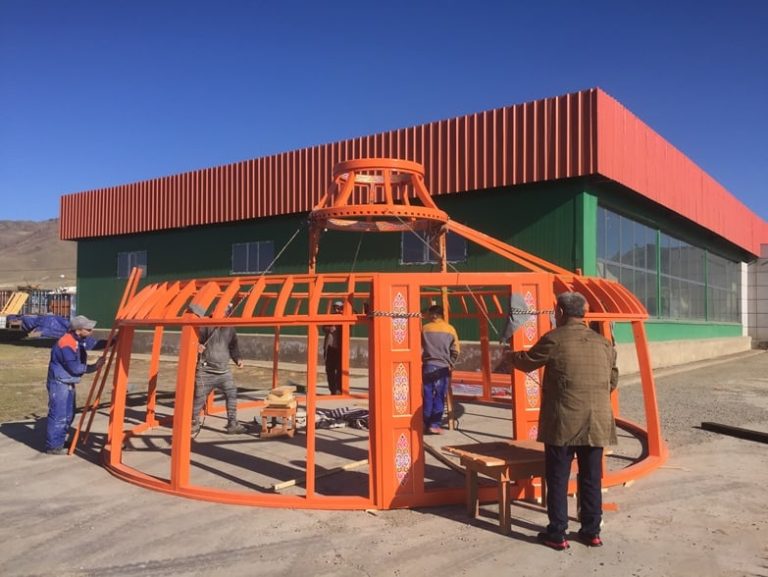Origins of Yurts – Brief History & Overview
Yurts, the iconic round, portable homes of nomadic peoples, have a history that stretches back over 3,000 years. Originating in the vast steppes of Central Asia, these structures were essential to the survival of Mongol, Turkic, and other nomadic cultures, providing shelter in some of the most extreme climates on Earth. Today, yurts remain a symbol of the adaptability and ingenuity of these ancient civilizations, while also gaining popularity in modern eco-tourism and sustainable living.
This article explores the fascinating origins and evolution of the yurt, offering a brief overview of its historical significance and enduring legacy.
Where Yurts Come From

Yurts originated in the vast steppes of Central and Middle Asia, where nomadic tribes such as the Mongols, Turkic peoples, and others relied on them for shelter. These portable, circular structures were ideal for the harsh climates and constant mobility of nomadic life. Mongolia, in particular, is strongly associated with the traditional yurt, known locally as the ger.
However, yurts have also been widely used across regions like Kazakhstan, Kyrgyzstan, and parts of Siberia. Their design reflects the need for a lightweight, durable, and easily transportable home, perfectly suited to the nomadic cultures of these regions.
Historic Accounts of Yurts
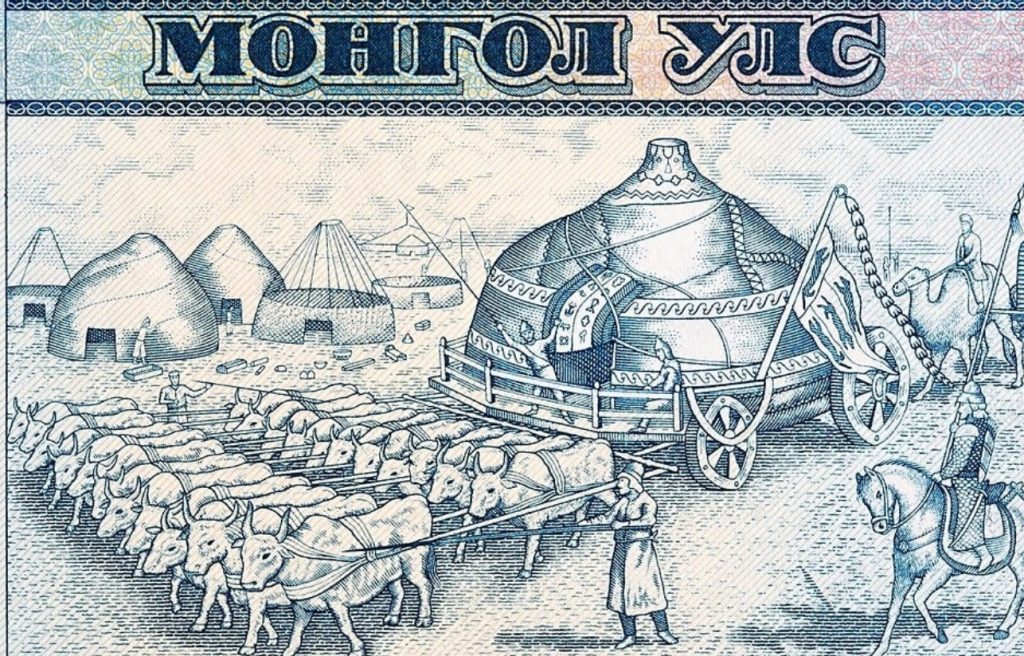
Historic accounts of yurts date back thousands of years, with early records from ancient Chinese and Persian historians documenting their use by Eurasian nomadic tribes.
The famed Mongol Empire under Genghis Khan relied heavily on yurts as they expanded across vast territories, allowing Mongol warriors and their families to move swiftly while maintaining a comfortable, familiar home.
But even before there were Mongols, Greek and Chinese historians have accounts of yurts when Scythians, Huns, and other nomadic tribes roamed Middle Asia.
Importance of Yurts in Nomadic Cultures

Yurts have been an essential part of nomadic life for centuries, offering a practical, efficient, and culturally significant housing solution. Their circular, portable design allowed nomadic tribes to easily assemble, disassemble, and transport their homes as they moved across the vast steppes of Eurasia.
Read: What’s Inside a Mongolian Yurt
Yurts are made from locally sourced materials such as wood for the framework and felt or animal hides for insulation, making them both sustainable and durable in extreme climates.
Pros:
- Portability: Easily assembled and disassembled for nomadic life.
- Durability: Withstands harsh weather, including wind, snow, and heat.
- Sustainability: Made from natural materials, offering an eco-friendly housing solution.
- Cultural significance: Deeply rooted in the heritage of nomadic peoples.
- Cost-effective: Affordable compared to permanent housing options.
Cons:
- Space constraints: Smaller living space, especially for large families or those requiring modern amenities. However, you can find bigger yurts nowadays.
- Vulnerability: Less secure against modern threats like burglary or wildlife in certain areas.
- Maintenance: Regular care is needed to keep the structure intact, especially when exposed to prolonged harsh weather.
Yurt Designs in The World
Yurt designs vary significantly across different regions, reflecting the diverse cultures and climates of their users. Here’s an overview of some prominent yurt designs around the world:
Mongolian Yurt (Ger):
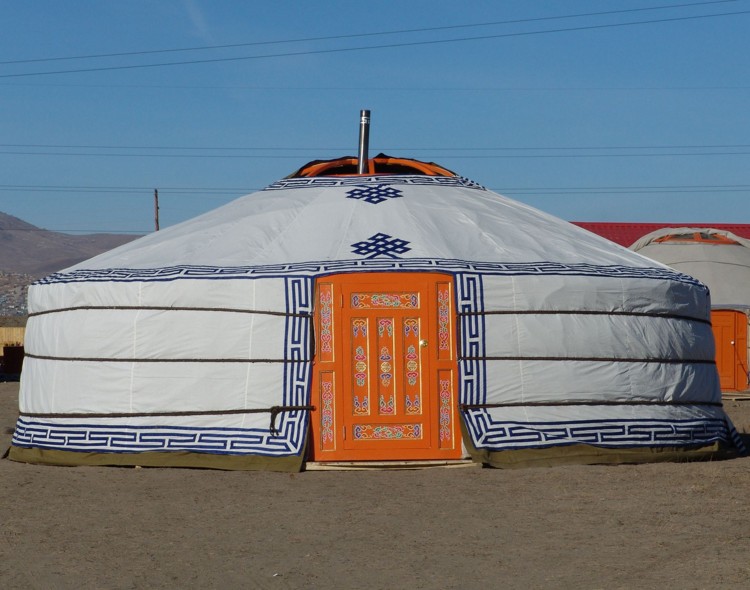
Structure: The traditional Mongolian yurt, or ger, features a circular frame made of wooden latticework and two central support columns. It is covered with layers of felt, often made from sheep wool, and includes a conical roof that allows for efficient ventilation. Compared to other yurts, it’s quite stocky and short.
Features: Typically adorned with vibrant colors and intricate patterns on the outside if one wishes. The interior is often divided into sections for sleeping, living, and storage.
Kazakh Yurt:
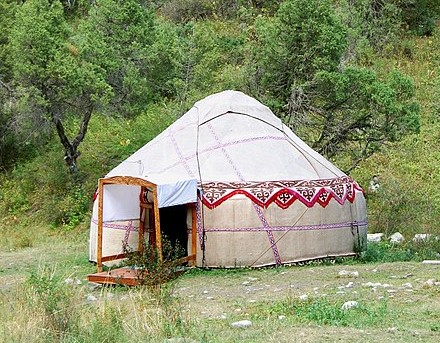
Structure: Similar to the Mongolian yurt but often with a narrow in frame and consists of more rafters. The roof may have additional structural elements to handle heavy snow and generally much taller.
Features: Kazakh yurts might have more elaborate decorations inside the yurt with beautiful patterns, carpets, and vivid colors of red, black, orange and blue.
Kyrgyz Yurt:
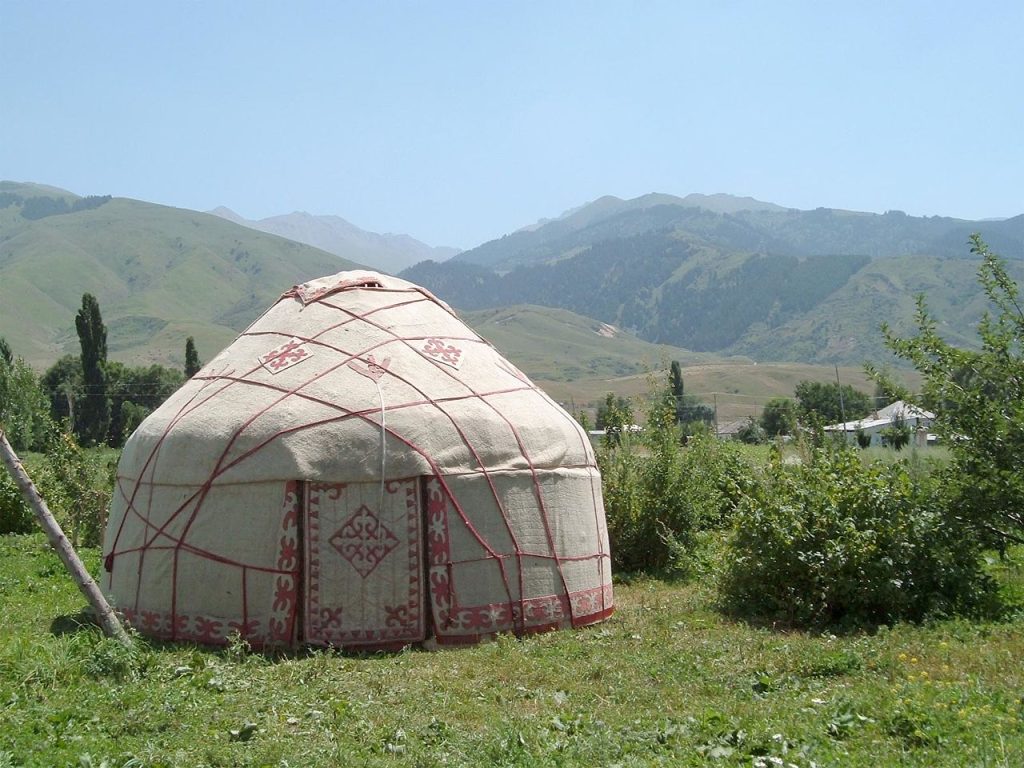
Structure: The Kyrgyz yurt is often built with a robust wooden frame and is known for its much tall size compared to other yurts. It includes a central support post and a complex system of wooden ribs.
Features: The Kyrgyz yurt may feature rich, colorful embroidery and traditional carpets, highlighting Kyrgyz artistry and cultural heritage.
Uzbek Yurt:
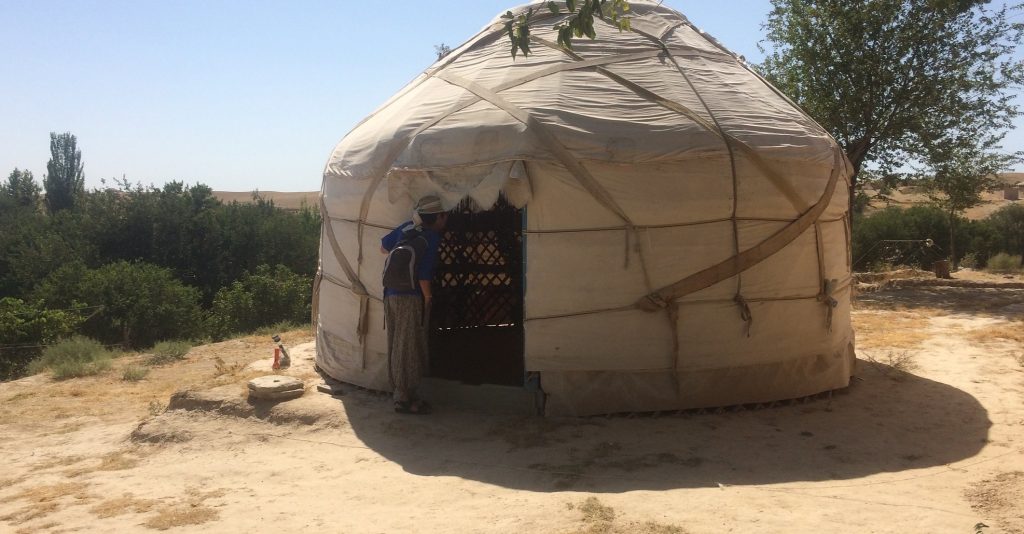
Turkmen Yurt:
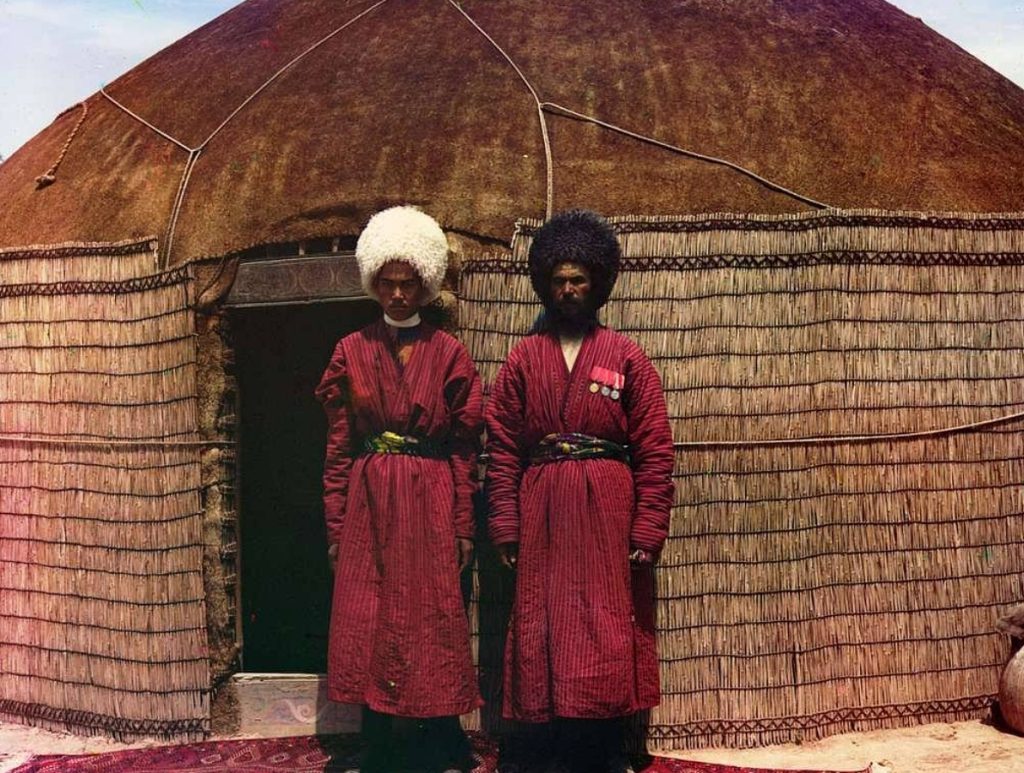
Yurts in Modern Times
In contemporary times, yurts have experienced a resurgence in popularity beyond their traditional use. Modern adaptations of yurts have found a place in eco-tourism, glamping, and sustainable living.
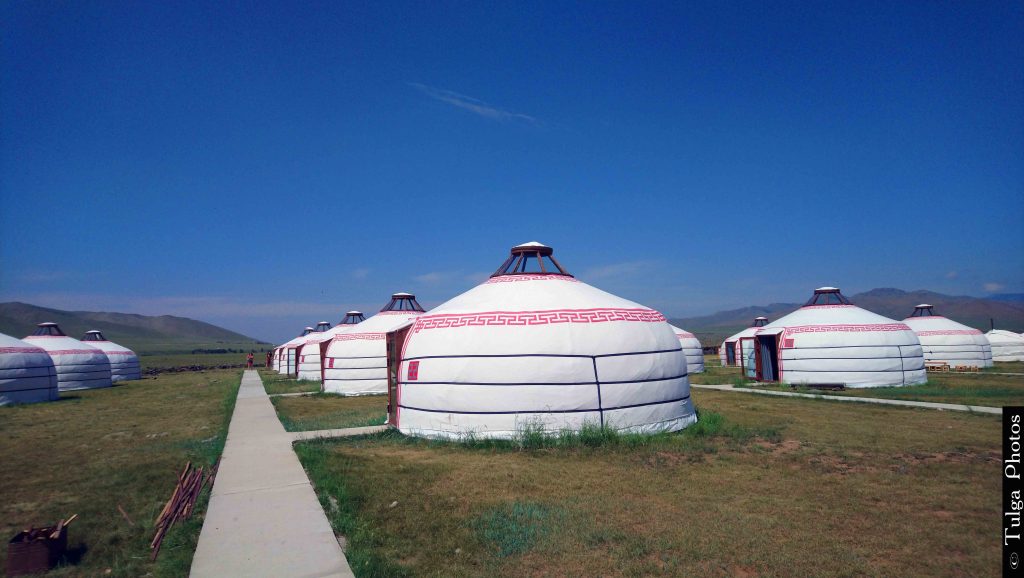
These modern yurts often incorporate updated materials such as insulated fabric, aluminum or steel frames, and advanced construction techniques, allowing them to offer greater comfort and durability. They are increasingly used as vacation homes, guest accommodations, and even full-time residences, appealing to those seeking a connection with nature while enjoying modern conveniences.
This renewed interest in yurts reflects a broader trend towards environmentally conscious and minimalistic living. Their design allows for energy efficiency and a reduced ecological footprint, making them an attractive option for those looking to live more sustainably.

